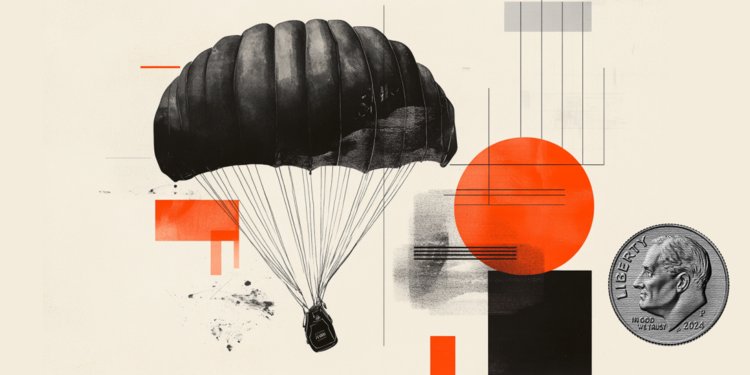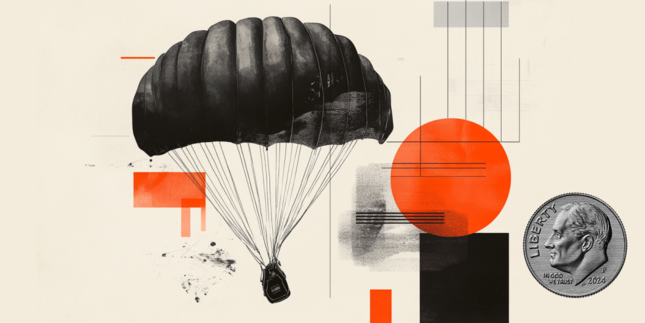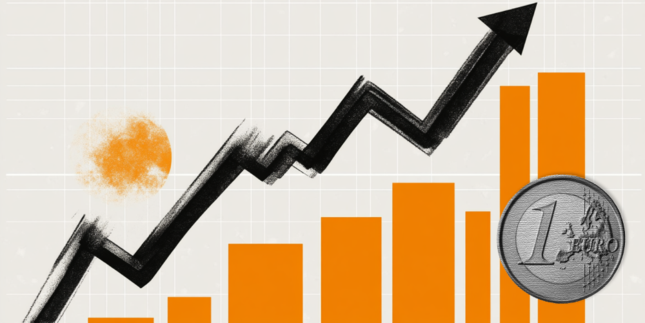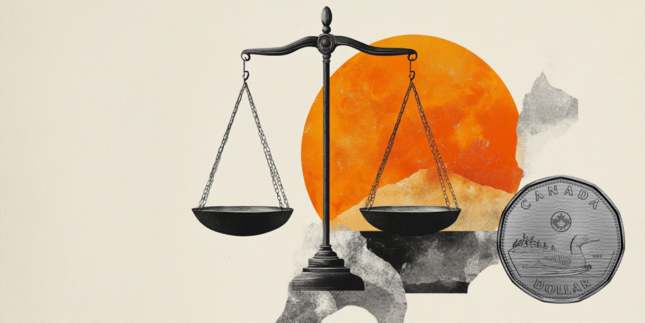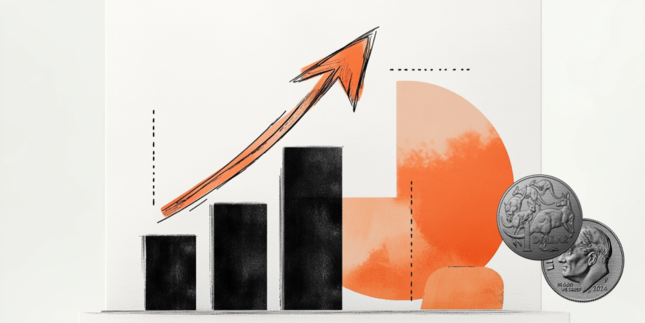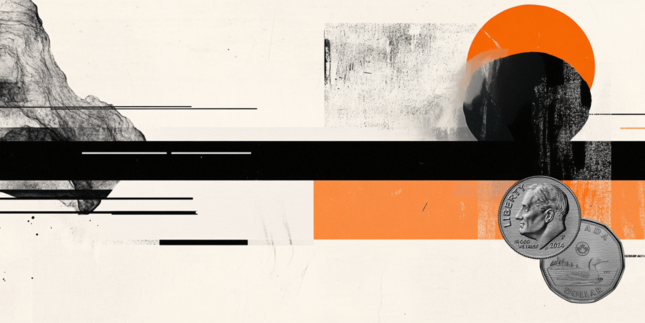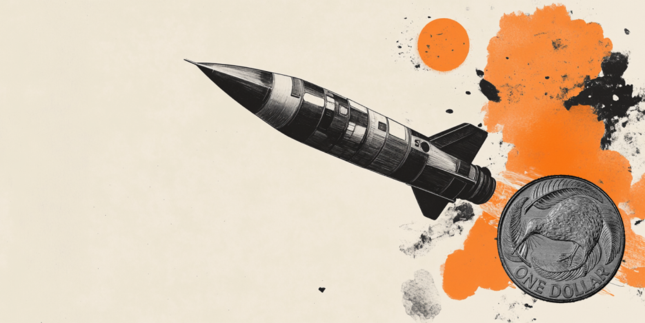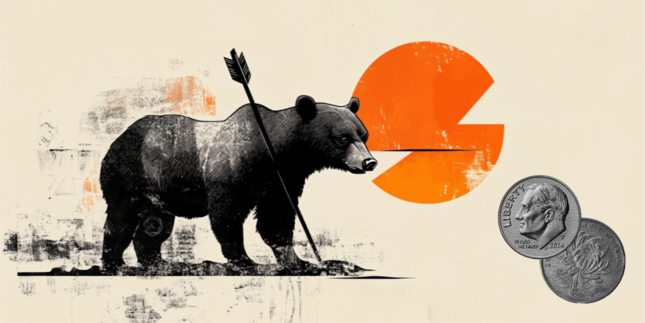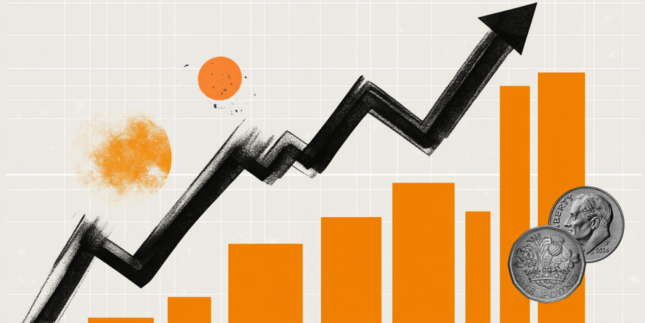USD/INR loses momentum as likely RBI intervention caps gains
- The Indian Rupee recovers in Thursday’s early European trading hours.
- A decline in crude oil prices and routine RBI intervention might support the INR.
- The US weekly initial Jobless Claims data is due later on Thursday.
The Indian Rupee (INR) edges higher on Thursday. The Reserve Bank of India (RBI) likely played a key role by conducting dollar-rupee swaps to manage liquidity and support the Indian Rupee. Lower crude oil prices might help limit the INR’s losses as India is the world's third-largest oil consumer.
Nonetheless, the continued selling by Foreign Institutional Investors (FIIs), US Dollar (USD) demand from importers and global uncertainties continue to undermine the local currency. Investors brace for the US weekly initial Jobless Claims data, which is due later on Thursday. On Friday, the preliminary reading of HSBC India’s Purchasing Managers Index (PMI) and US S&P PMI data for January will be in the spotlight.
Indian Rupee rebounds amidst persistent global uncertainties
- "Rupee opened lower because dollar index was up. But good inflows from HSBC possibly related to us joining the Bloomberg index has brought dollar rupee down," said Anil Kumar Bhansali, Head of Treasury and Executive director at Finrex Treasury Advisory LLP.
- The Securities and Exchange Board of India (SEBI) has proposed that fund houses launch sachet-sized investment plans. The objective is to "promote financial inclusion, inculcate the habit of systematic saving, and facilitate investment of small savings by investors new to the Mutual Fund space,” noted SEBI.
- India is likely to raise major subsidies by 8% year-on-year to 4.1 trillion rupees ($47.41 billion) in the next fiscal year, government sources said.
- Indian Finance Minister Nirmala Sitharaman will present the national budget on February 1, amid slowing growth in Asia's third-largest economy and rising global uncertainties.
- Foreign investors have sold a net total of about $6.5 billion worth of local equities and bonds in January, the largest monthly outflow since October 2023.
USD/INR keeps the bullish vibe in the longer term
The Indian Rupee trades in positive territory on the day. The constructive outlook of the USD/INR pair remains intact as the price has formed higher highs and higher lows while holding above the key 100-day Exponential Moving Average (EMA) on the daily chart. Furthermore, the 14-day Relative Strength Index (RSI) stands above the midline near 67.30, suggesting that the support is likely to hold rather than break.
The key resistance level for the pair emerges at an all-time high of 86.69. Sustained bullish momentum above this level could pave the way for a rally to the 87.00 psychological mark.
On the other hand, any follow-through selling below 86.18, the low of January 20, could expose 85.85, the low of January 10. The additional downside filter to watch is 85.65, the low of January 7.
Indian economy FAQs
The Indian economy has averaged a growth rate of 6.13% between 2006 and 2023, which makes it one of the fastest growing in the world. India’s high growth has attracted a lot of foreign investment. This includes Foreign Direct Investment (FDI) into physical projects and Foreign Indirect Investment (FII) by foreign funds into Indian financial markets. The greater the level of investment, the higher the demand for the Rupee (INR). Fluctuations in Dollar-demand from Indian importers also impact INR.
India has to import a great deal of its Oil and gasoline so the price of Oil can have a direct impact on the Rupee. Oil is mostly traded in US Dollars (USD) on international markets so if the price of Oil rises, aggregate demand for USD increases and Indian importers have to sell more Rupees to meet that demand, which is depreciative for the Rupee.
Inflation has a complex effect on the Rupee. Ultimately it indicates an increase in money supply which reduces the Rupee’s overall value. Yet if it rises above the Reserve Bank of India’s (RBI) 4% target, the RBI will raise interest rates to bring it down by reducing credit. Higher interest rates, especially real rates (the difference between interest rates and inflation) strengthen the Rupee. They make India a more profitable place for international investors to park their money. A fall in inflation can be supportive of the Rupee. At the same time lower interest rates can have a depreciatory effect on the Rupee.
India has run a trade deficit for most of its recent history, indicating its imports outweigh its exports. Since the majority of international trade takes place in US Dollars, there are times – due to seasonal demand or order glut – where the high volume of imports leads to significant US Dollar- demand. During these periods the Rupee can weaken as it is heavily sold to meet the demand for Dollars. When markets experience increased volatility, the demand for US Dollars can also shoot up with a similarly negative effect on the Rupee.
Forex News
Keep up with the financial markets, know what's happening and what is affecting the markets with our latest market updates. Analyze market movers, trends and build your trading strategies accordingly.
